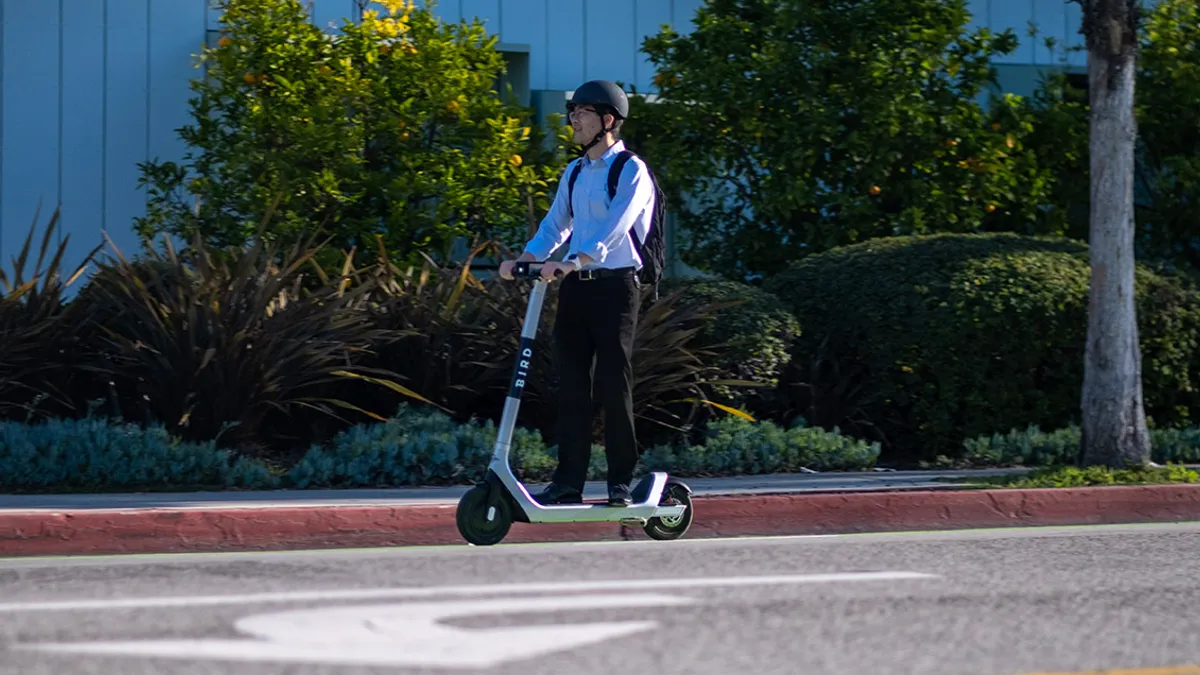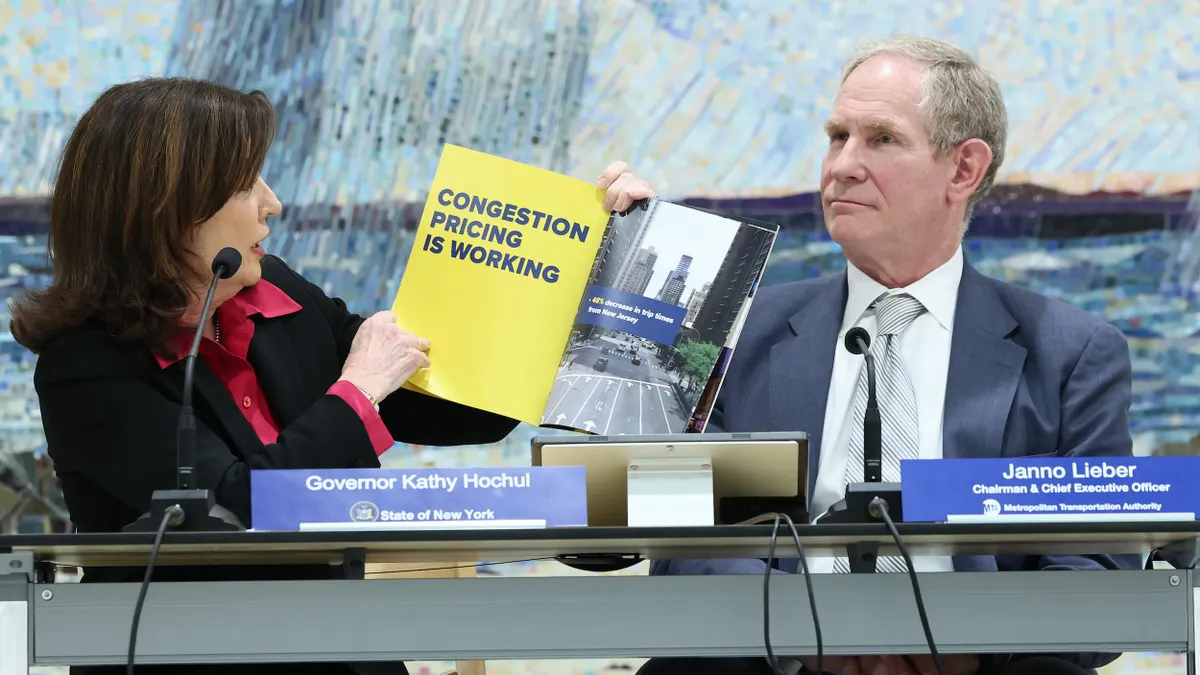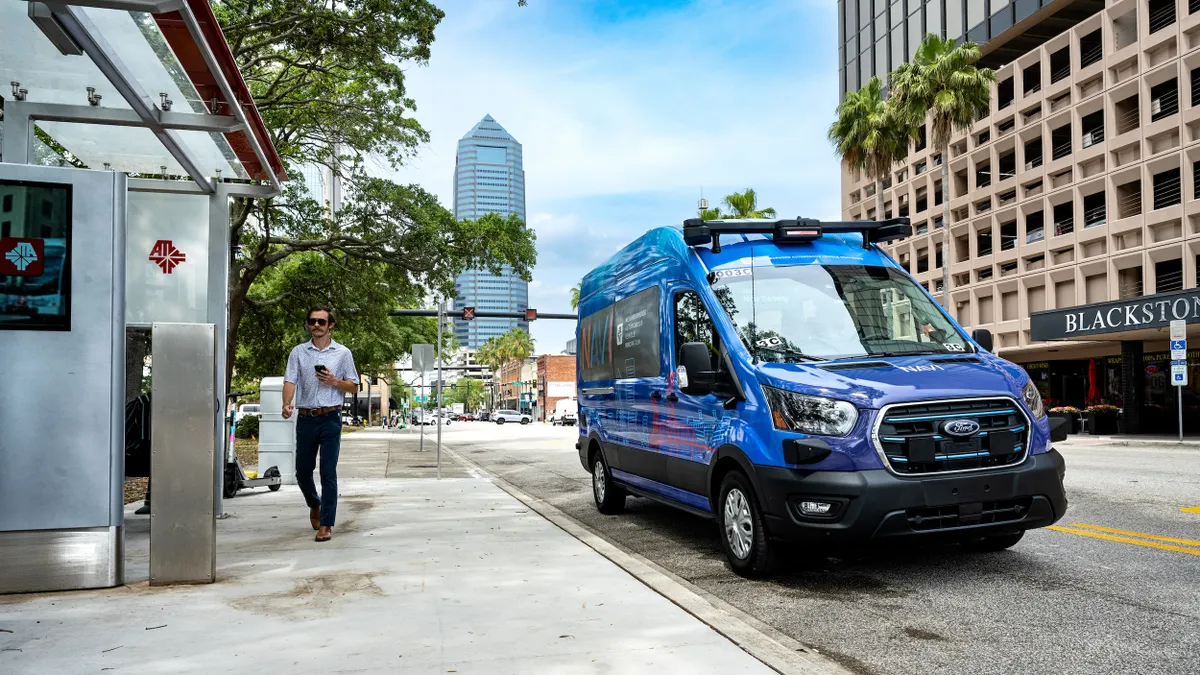Editor's Note: The following is a guest post from David Allison, SVP of Data at Bird.
"How many vehicles are on the road?"
On the surface, it's a simple question — one frequently asked by cities, policymakers and riders hoping to better understand micromobility operators. It's also the first compliance question usually asked to such operators, whether in relation to fleet size or area-specific deployment requirements.
While the question may be simple, the answer is significantly more involved. That's because dockless fleets are more dynamic than their docked predecessors. Recharging batteries, damage repair and vehicle relocation require a team that’s constantly monitoring and maintaining our fleet to meet demand. This means that the number of vehicles in the public right-of-way (PROW) is continuously fluctuating.
Cities and operators, including Bird, are becoming increasingly familiar with Mobility Data Specification (MDS), a standard adopted by many markets to better understand and manage micromobility fleets. For instance, every time a scooter’s status changes, whether it’s "available," "reserved" by a rider, "unavailable" waiting for retrieval or "removed" for repairs, that action is recorded and provided to cities and agencies.
These changes aren’t magic; they’re triggered by a series of ongoing interactions between humans, hardware and software. As such, the reporting is accurate but imperfect, subject to inherent fallibilities such as technical failures, operational errors and the rare instance of fraud or abuse.
As you can imagine, the data generated for MDS is particularly complex. Dockless fleets are dynamic, emitting thousands of status changes every day. It’s the data processor's job to reconstruct these detailed reports, providing a clear view into how many vehicles are on the road at any given time.
Calculating the size of a fleet
There are different ways that data can be used to provide a comprehensive view of what’s happening on the ground. It’s important to note that, as with all such information, operators and cities alike must work together to protect and secure the data they collect.
Based on past experience, we’ve compiled a list of best practices for determining the size of dockless fleets:
Define the metrics: First and foremost, it’s critical to establish what you’re counting. Are you interested in the average number of available vehicles? The peak number? Unique vehicles that have rotated in and out of service throughout the day? Along with our city partners, we’ve found that the most useful method of counting is average availability, or the number of vehicles available to residents of a given city averaged throughout the day. Regardless of what you choose to count, however, it's imperative that city staff, operators and data processors agree on the metric and communicate it clearly.
Provide access to the code and tools used to process data: City regulations will often identify a parameter (i.e. fleet size) but fail to define critical information such as what exactly is being counted, how the data is being ingested and/or any assumptions that are being made during processing. Giving operators access to this code and its outputs helps ensure that we understand the rules and can work successfully within the given parameters.
Validate outputs: Every operator generates MDS data differently. This is often a function of differing operational models. As such, data processors are tasked with making a lot of assumptions that might not uniformly apply across various providers' MDS feeds. That's why it's important for cities and their data vendors to work with operators to validate the data processing outputs. This allows the city or the operator to fix any bugs that might exist before they become problems.
Identify what success looks like: Success shouldn’t be binary. Technological and operational challenges, such as limitations on GPS accuracy, make it challenging for transportation managers to have a perfect view of what’s happening in the PROW at any given time — let alone have total control over what’s happening in the field. Due to these limitations, we’ve found that it’s most effective for cities to identify a target compliance range and categorize operators as compliant if they fall within a 10% margin of the specified fleet size.
Communicate, communicate, communicate: When it comes to understanding complex data reporting, communication is paramount. Micromobility is a new mode of transportation, and it's the first such industry to be measured for compliance in real (or near-real) time. That means we’re always learning new and better ways to operate, and accommodate cities' needs and generate and process data. It's critical that operators and policy makers alike maintain open and honest lines of communication. This is the only way to create a successful and sustainable mobility option for everyone.
Key takeaways
Answering the question, "How many vehicles are on the road?" means deciphering a complex and interconnected web of action and information. We're excited that this process enable collaborative work with cities to develop a shared understanding of light electric vehicle data. It's only through transparency and communication with city partners that operators can make good on the promise of the public-private mobility partnership.
By effectively defining and measuring the metrics that matter, micromobility operators and cities together are helping to improve urban transportation, air quality, and the reach of public transit. In other words, we're accelerating the development of more livable cities.


















